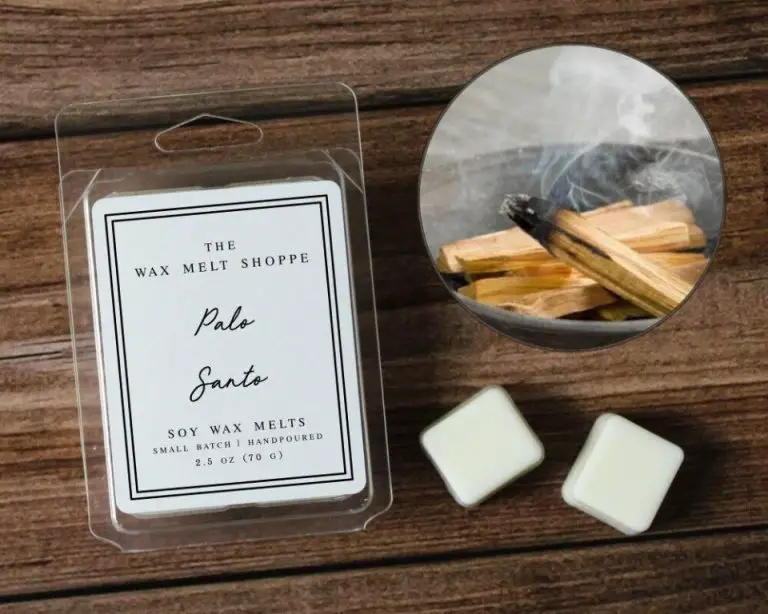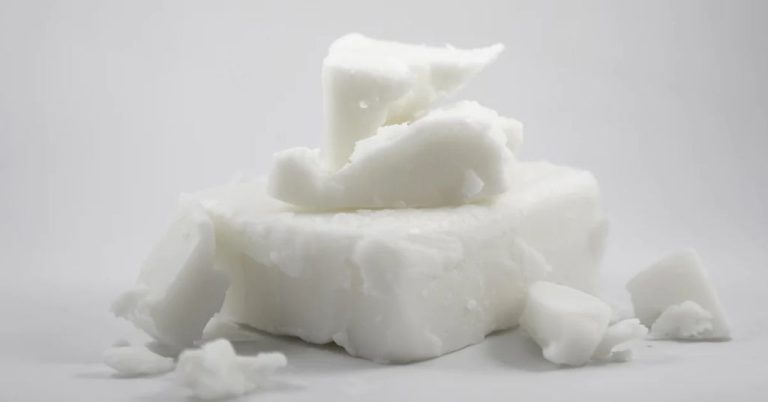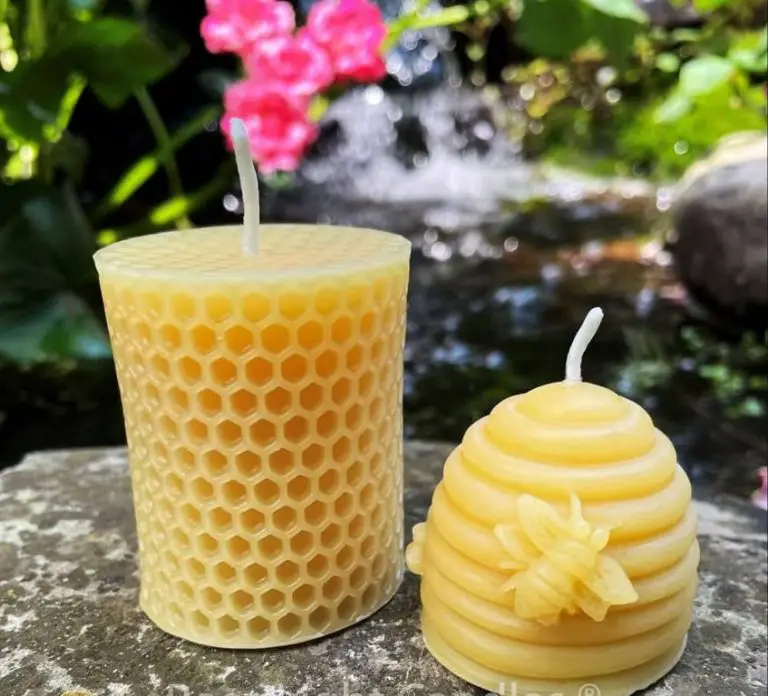Can You Make Candles With Just Soy Wax?
Soy wax candles are made from soybean oil and have grown increasingly popular over the past decade. According to industry statistics, the U.S. candle market is worth over $3 billion annually, and soy candles make up a significant portion of sales. The market research shows that soy wax candles are preferred for their natural, eco-friendly properties as well as their clean-burning qualities that produce less soot.
Soy wax itself is made from hydrogenated soybean oil. It was introduced to the candle-making industry in the 1990s as a renewable and sustainable alternative to paraffin wax. Soy wax is biodegradable and derived from a renewable resource. When burned, soy wax candles emit less smoke and odor compared to paraffin wax candles. Soy wax also holds scent well and produces a smooth pool of liquid wax while burning.
What is Soy Wax?
Soy wax is made from hydrogenated soybean oil. The soybean oil undergoes hydrogenation, which is a process that adds hydrogen to make the oil more solid at room temperature. The hydrogenated oil is then refined and distilled to create soy wax flakes and pellets used for candle making (https://happywax.com/blogs/from-the-blog/what-is-soy-wax).
Compared to paraffin wax, which is a petroleum byproduct, soy wax is a renewable and sustainable resource (https://1502candleco.com/blogs/news/2018-7-7-how-soy-wax-is-made). Soy wax burns cleaner than paraffin with less soot and odor. It’s also biodegradable and environmentally-friendly. However, soy wax is softer than paraffin and can be more difficult to work with.
Benefits of Soy Wax
Soy wax offers numerous benefits over paraffin wax candles that make it a more eco-friendly option for candlemaking. Soy wax is a vegetable-based wax made from soybeans, whereas paraffin wax is a petroleum-based product (1).
One of the key benefits of soy candles is that they are more environmentally friendly than paraffin candles. Soy wax comes from a renewable resource – soybeans – rather than fossil fuels. Furthermore, soy wax is biodegradable and non-toxic, unlike paraffin which can release carcinogens and toxins when burned (2).
Soy candles are praised for their excellent scent throw. The natural properties of soy wax allow fragrances to fully absorb into the wax and disperse evenly when burned. Soy candles release a stronger scent with less fading compared to paraffin. You can also customize soy candles by adding different essential oils to create your desired aromas.
The low melting point of soy wax leads to an even, slow burn with less soot and smoke. Paraffin candles often burn unevenly, tunnel, or develop black smoke. The smooth burn of soy makes for long-lasting candles that fully liquefy as they burn.
Challenges of Pure Soy Wax
While soy wax candles have several benefits, using 100% soy wax does come with some challenges that need to be considered. Two of the main issues are brittleness and a tendency to soot.
Soy wax becomes brittle as it cools and sets. This can lead to crumbling, cracking, and frosting on the surface of candles made with 100% soy wax. The brittle nature makes soy wax more prone to damage during shipping and handling compared to paraffin wax.1
Additionally, soy wax has a tendency to soot more than paraffin wax. Sooting occurs when excess wax vapors are not fully combusted and leave black residue on candle wicks and jars. Proper wicking can help reduce sooting, but it remains a common issue with pure soy wax candles.
Soy wax also suffers from “memory effect” where it maintains impressions and cracks after being bent or damaged. This memory effect can lead to cosmetic imperfections as soy wax contracts during cooling.
While pure soy wax candles offer natural, clean-burning performance, these drawbacks show the challenges candle makers face when formulating 100% soy wax blends. Common solutions are using soy wax blends or adding supplemental oils and additives.
Making 100% Soy Wax Candles
When making pure soy wax candles, choosing the right soy wax is crucial. 100% soy wax comes in different varieties including natural, refined, and blended waxes (Candlescience). Natural soy wax has the highest concentration of soybean oil and tends to be softer. Refined soy wax has undergone a hydrogenation process to make it harder and have a higher melting point. Blended soy waxes mix natural and refined waxes to achieve certain properties.
Proper wicking is also essential for a good soy wax candle. The wick must be large enough to burn cleanly without mushrooming or creating soot. But if the wick is too large it can create an overly big flame. Testing different wick sizes to find the optimal one for each particular soy wax and container is recommended (Treehugger).
When adding scent and color to soy wax candles, use candle-safe fragrances and dyes specifically formulated for soy wax. Essential oils can be used for fragrance at a rate of 3-5% of wax volume. Liquid or powder dyes can add color; however, too much dye can clog the wick. Start with a small amount of dye and add gradually until the desired color is achieved.
Adding Essential Oils
When adding essential oils to soy candles, it’s recommended to use a fragrance load between 10-15% (source: https://www.lovealys.com.au/blogs/news/the-best-essential-oils-for-soy-candles). Exceeding 15% fragrance load can lead to issues like sooting. The key is finding the right balance and testing different fragrance loads in your specific soy wax blend.

It’s also important to consider scent pairings when adding essential oils. Some complimentary pairings include: https://www.themiracleofessentialoils.com/diy-essential-oil-soy-candles/
- Lavender + Peppermint
- Citrus scents like Lemon + Rosemary
- Woodsy scents like Fir Needle + Cedarwood
Blend complementary scent groups like florals, herbs, woods, citrus, etc. Avoid mixing loud scents like peppermint with lighter scents that can get overpowered. Testing different scent pairings will allow you to find the right combinations that smell appealing and well balanced.
Preventing Sooting
There are a few key techniques to help prevent sooting when making soy wax candles:
Trimming the wicks regularly is essential. Allowing wicks to become too long results in increased sooting. Experts recommend trimming wicks to 1⁄4 inch before lighting and trimming again as needed while the candle burns (cite: https://www.harlemcandlecompany.com/blogs/journal/why-do-some-candle-jars-turn-black).
Using double wicks can also help reduce sooting. The second wick provides more oxygen to the flame, resulting in a cleaner burn (cite: https://aluminatelife.com/what-is-candle-soot-how-to-get-rid-of-it/).
Adding a small amount of beeswax to the soy wax blend helps strengthen the wax crystals. This makes them less prone to melting into soot on the wax pool edges (cite: https://www.uscandleco.com/5-easy-ways-to-reduce-candle-soot.html). Aim for 5-10% beeswax in your soy wax candle formula.
Troubleshooting
Two common issues that can occur when making 100% soy wax candles are crumbling/frosting and memory effect. Here are some tips for troubleshooting these problems:
To fix crumbling or frosting, try increasing the fragrance oil temperature to 185°F before adding to the wax (1). The higher fragrance oil temperature helps the oil bind better with the soy wax. Also, make sure to stir the wax and oil mixture for at least 2 minutes after combining to fully incorporate the fragrance oil. Slowly pouring the wax into the container, around 135°F, can further help prevent frosting.
To reduce memory effect in soy candles, avoid reusing wax whenever possible. Soy wax has a higher affinity for fragrance oils and can retain scents more stubbornly than other waxes. If reusing wax, combine at least 50% new soy wax. Adding an oil blend like coconut and palm wax to the soy can also minimize memory effect issues (1).
(1) https://www.lemon8-app.com/taelor/7224858584931418630?region=us
Soy Wax Blends
While 100% soy wax candles can be made, many candle makers find that blending soy wax with other waxes leads to better performance and burn quality. Common waxes used in soy wax blends include paraffin wax and beeswax.
Paraffin wax helps make the soy wax harder, improving rigidity and allowing candles to hold their shape better. It also increases opacity and makes candle colors appear more vibrant. According to The Aromatic Candle Co., one of the best soy wax blends combines soy wax with a small percentage of paraffin wax. This improves the burn quality while retaining the benefits of soy wax.
Beeswax offers natural hardness and opacity like paraffin but comes from an all-natural source. Blending beeswax with soy wax allows for an all-natural candle while improving rigidity, scent throw, and burn time compared to 100% soy wax. Candle makers recommend keeping the beeswax percentage low, around 5-10%, to retain soy wax’s cleaner burn.
In summary, blending other waxes with soy wax can maximize benefits like better scent throw and surface appearance while minimizing drawbacks like distortion. A blended wax candle offers the customization to balance qualities like clean burn, hardness, opacity, and more. But a 100% soy wax candle is still achievable for those seeking an all-natural vegan option.
Conclusion
In summary, 100% soy wax candles provide many benefits over paraffin candles. Soy wax is a renewable, natural resource that is biodegradable and environmentally-friendly. It’s also non-toxic, so soy candles do not release harmful chemicals into the air when burned. The natural soy scent is also quite pleasant.
However, working with 100% soy wax can be tricky. It’s important to use the right wick, allow time for proper cure, and avoid high temperatures to prevent issues like frosting, wet spots, and sooting. Adding a small amount of essential oils can help strengthen soy wax and intensify fragrance. Testing different wax blends is also recommended for best results.
Some tips for making great homemade soy candles are: use cotton or paper wicks, pour at temperatures between 120-135°F, allow candles to cure for 24-48 hours before burning, trim wicks to 1⁄4 inch before lighting, and avoid drafts or temperature fluctuations while curing. With some testing and adjustments, it’s definitely possible to make excellent candles with 100% natural soy wax.





